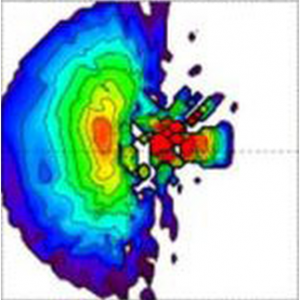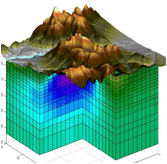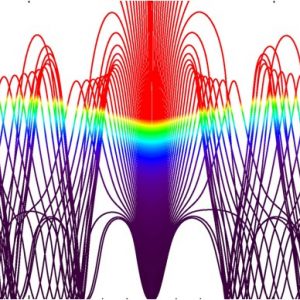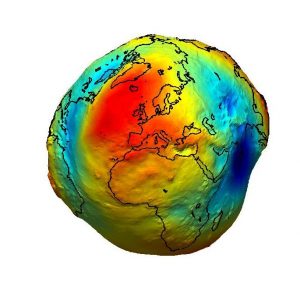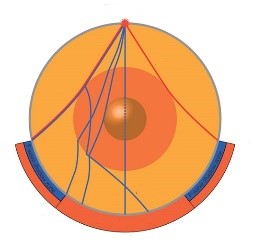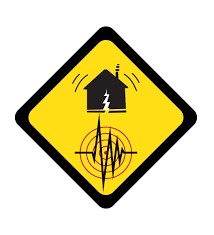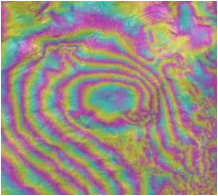Geomagnetism
The primary goal of the Geomagnetic Working Group is to observe the geomagnetic field, to describe its variations and to model its sources.
For decades, the Széchenyi István Geophysical Observatory has been providing reliable measurements covering 10 orders of magnitude of the electromagnetic spectrum, in compliance with the strict requirements of international observing networks (INTERMAGNET). It is part of the surface reference networks of several satellite missions (CHAMP, SWARM).
The large time-scale variation of the geomagnetic field is caused by magnetohydrodynamic processes in the Earth’s core, which determine the field’s magnitude. The recent studies of the working group aim at providing the best possible estimate of an equivalent source current model by inversion of the reference geomagnetic model at the surface, with fixed source current geometry and varying current loop size and orientation.
The much smaller magnitude (nT-0.1 µT) and shorter period (a few hours to tens of seconds) changes in the surface geomagnetic field are the result of the dynamic interaction between the Earth’s magnetic plasma environment, the magnetosphere and the magnetic plasma flowing from the Sun. The Geomagnetic Working Group is conducting pulsation-related studies with two research objectives. The period of the pulsations and its variation with latitude (geomagnetic) allow indirect observation of magnetospheric processes and estimation of the force-line plasma density under certain geomagnetic disturbances. Our investigations aim to refine these estimates and to make them applicable under more general conditions.
Direct, practical applications of natural variations of the magnetic field with a period of a few tens of seconds are made in electromagnetic geology through magnetotelluric and magnetovariation research. The Geomagnetic Working Group is reviewing the approximate assumptions used in classical electromagnetic methods for the geometry of the source current fields of variations at different periodicities. The direct, practical outcome of this research may be a more accurate determination of the magnetotelluric objective function, and the possibility of building structural models that better approximate reality.
The working group will model the effects of non-periodic, violent variations of the geomagnetic field, the so-called geomagnetic storms, on critical infrastructures, and analyse the case-by-case risks. Using the results of magnetotelluric research, it has produced a continental scale induction model (EURhoM).




